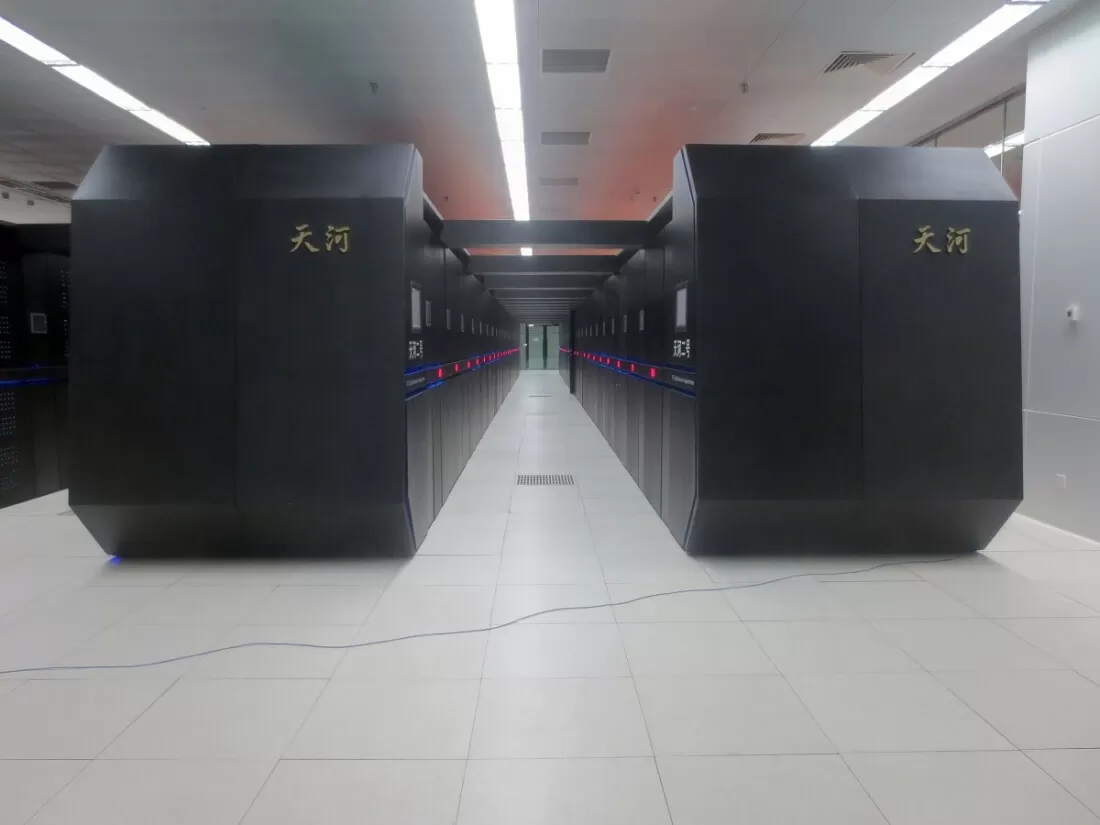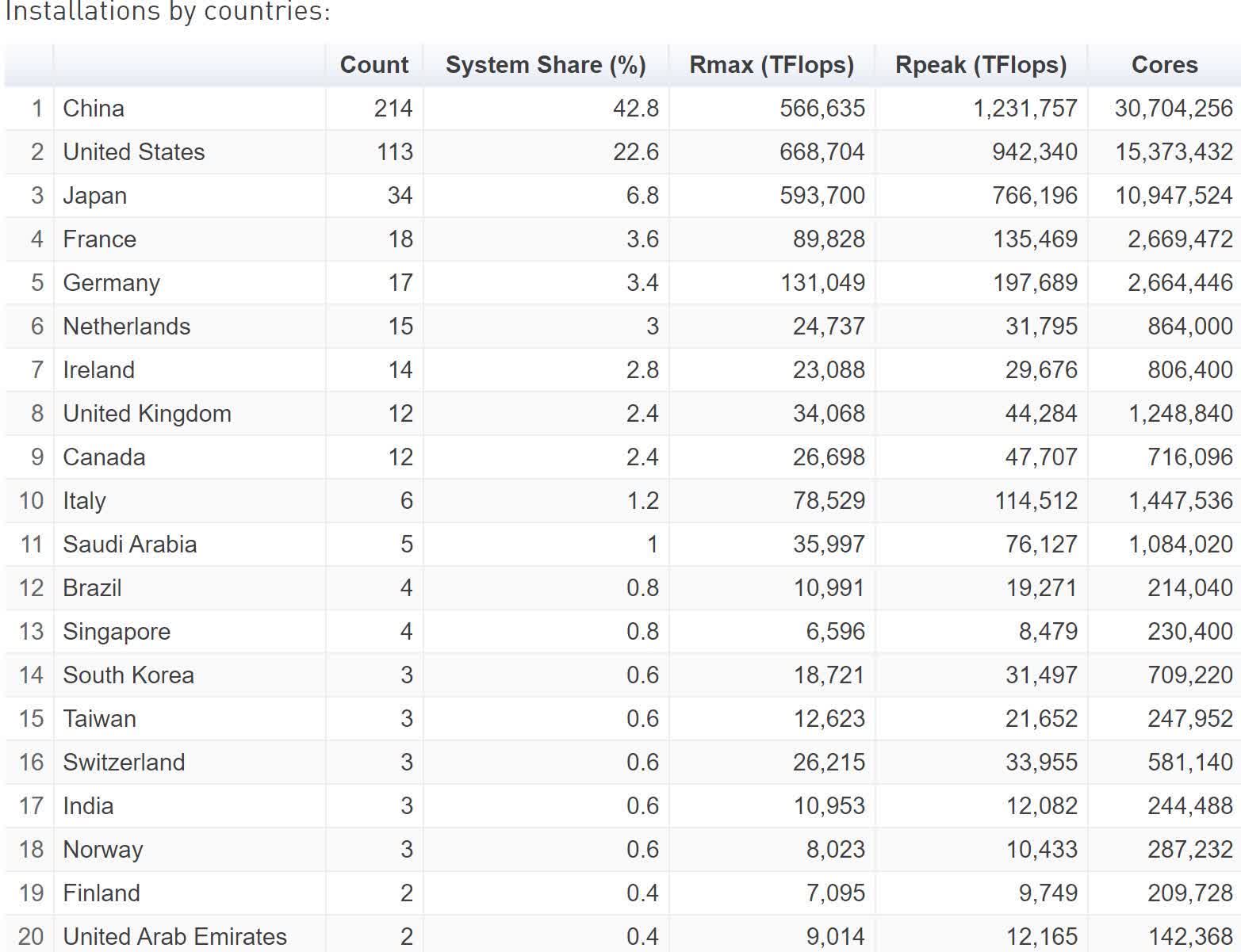What just happened? Not for the first time, the US government has added Chinese supercomputing entities to the same export blacklist Huawei has been on since 2019. The seven new names include Sunway Microelectronics, whose processors are found in the fourth most powerful supercomputer in the world—Sunway Microelectronics.

The Department of Commerce's Bureau of Industry and Security (BIS) has added the new names to the Entity list "for conducting activities that are contrary to the national security or foreign policy interests of the United States." Their addition means they now need licenses from the Commerce Department to do business with US companies.
"Supercomputing capabilities are vital for the development of many -- perhaps almost all -- modern weapons and national security systems, such as nuclear weapons and hypersonic weapons," Secretary of Commerce Gina Raimondo said in a statement.
The new additions include four supercomputer sites: The National Supercomputing Center Jinan, the National Supercomputing Center Shenzhen, the National Supercomputing Center Wuxi, and the National Supercomputing Center Zhengzhou.
Additionally, CPU developers Tianjin Phytium Information Technology and Sunway Microelectronics (Shenwei Microelectronics) were placed on the Entity List. Without access to American-made technologies, the Chinese companies will find it difficult, if not impossible, to continue making their processors, though The Washington Post writes that Phytium's microprocessors are produced by TSMC.
This isn't the first time Chines entities involved in the supercomputer industry were added to the Entity list; the Trump administration blacklisted five names in June 2019.
Countries with entries in the Top 500 Supercomputers list
Japan's Supercomputer Fugaku remains the world's most powerful machine, followed by Summit (US), Sierra (US), Sunway TaihuLight (China), and Selena (US). China has almost double the number of Supercomputers on the list than its rival, 214 vs. 113.
